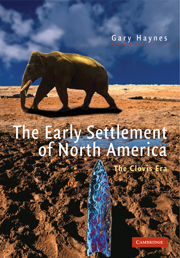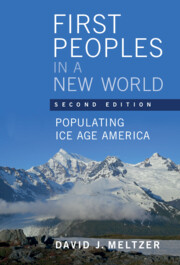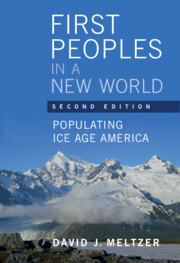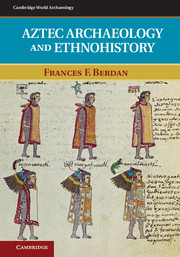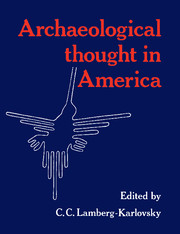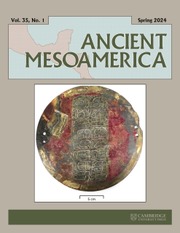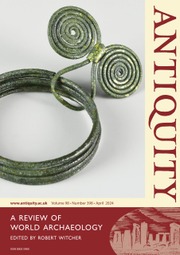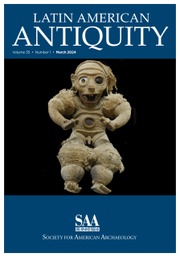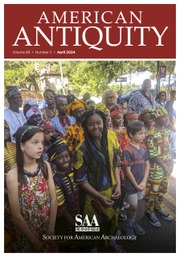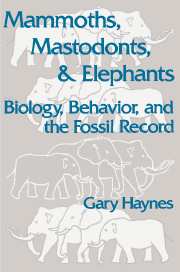The Early Settlement of North America
The Early Settlement of North America is an examination of the first recognisable culture in the New World: the Clovis complex. Gary Haynes begins his analysis with a discussion of the archaeology of Clovis fluted points in North America and a review of the history of the research on the topic. He presents and evaluates all the evidence that is now available on the artefacts, the human populations of the time, and the environment, and he examines the adaptation of the early human settlers in North America to the simultaneous disappearance of the mammoths and mastodonts. Haynes offers a compelling re-appraisal of our current state of knowledge about the peopling of this continent and provides a significant new contribution to the debate with his own integrated theory of Clovis, which incorporates vital new biological, ecological, behavioural and archaeological data.
- Presents extensive research and data collection from a range of fields
- The author has a unique fieldwork background
- Rational analyses and a real theoretical advance in the study of Clovis culture
Reviews & endorsements
'I found The Early Settlement of North America most impressive. Haynes presents a wide-ranging, lively, detailed discussion of his ideas and supporting data. He provides a rich supply of interpretations and testable hypotheses, which will generate continued debate on a host of seemingly intractable topics centered on the peopling of the New World.' Science
Product details
November 2002Paperback
9780521524636
360 pages
248 × 176 × 27 mm
0.715kg
42 b/w illus. 14 maps 25 tables
Available
Table of Contents
- Part I. Fluted Points and the Peopling of the Americas:
- 1.1. Introduction
- 1.2. Fin de siècle paradigm-busting, or what's at stake in the debate about the colonizing of North America?
- 1.3. How do archaeologists address the big unanswered questions about Fluted-Point-Makers?
- Part II. What is Clovis? The Archaeological Record:
- 2.1. Introduction
- 2.2. Clovis archaeological footprints, region by region
- 2.3. Knowledge and guesswork about the late Pleistocene
- 2.4. Defining Clovis: is it a culture? 2.5. The course of regional developments: the megamammal connection
- Part III. Clovis Archaeological Culture:
- 3.1. Introduction
- 3.2. Clovis-era technology
- 3.3. Clovis-era megamammal bone-breakage
- 3.4. Clovis-era artwork, decorative work, 'symbolic' objects
- Part IV. The Old and New World Patterns Compared:
- 4.1. Dispersals and diffusions: old world Upper Paleolithic and new world Clovis
- 4.2. The American Upper Paleolithic
- Part V. Figures in the Landscape: Foraging in the Clovis Era:
- 5.1. Introduction
- 5.2. Archaeological evidence about hunting and gathering in megamammal landscapes
- 5.3. Why hunt megamammals? Why not hunt megamammals? Conclusions from Part V. Figures in the Landscapes: Part VI. Colonizing Foragers:
- 6.1. Introduction
- 6.2. Colonization theory. Conclusions from Part VI: Complexity in Clovis dispersals
- Part VII. Unified Conclusions about the Clovis Era:
- 7.1. Introduction
- 7.2. The end.

